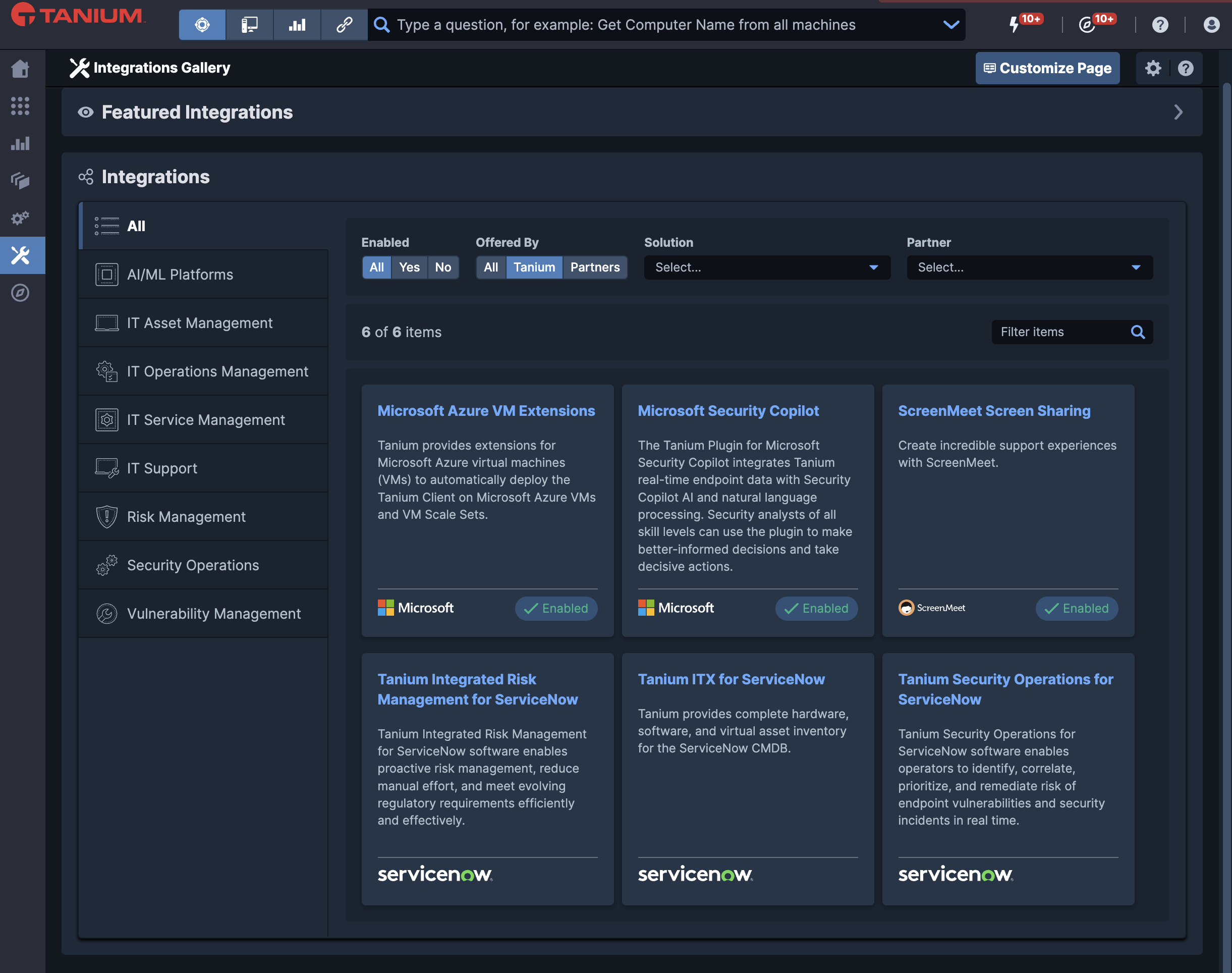IT is Not a Cost Center: How We Can Meet New Needs and Help Reduce Costs
State and local governments are adapting to a long-term distributed workforce – and education institutions are preparing for potential remote instruction in the fall. These shifts bring an increased need for digital services, IT infrastructure and training.
At the same time, the pandemic is triggering budget cuts and furloughs within state and local government and education institutions across the country.
We’ve always asked the government to “do more with less” and it’s going to be even more the case going forward. Consider, 88 percent of city leaders expect a budget shortfall. Approximately half of state and local CIOs expect IT funding to drop this year. Many educational institutions are cutting five to 30 percent of their budgets.
Every public sector organization has a responsibility to recoup as many dollars as possible to offset budget shortfalls and anticipated temporary workforce reductions – and meet new needs. Short-term, cost-cutting efforts are easy, but longer-term cost optimization planning via collaboration across teams is more difficult.
Against this backdrop, the IT organization offers a significant potential for cost savings as well as an opportunity to drive long-term efficiency by eliminating outdated technology and processes, gaining better visibility into the organization’s resources and centralizing/consolidating operations and security.
Understand and simplify the IT environment
Too often, an organization will purchase a new product to solve each new problem. The approach results in redundancy, waste and a complex environment, often with silos of data stuck in applications that do not communicate with one another. Leaders end up with incomplete visibility into the overall environment, which leads to more overspending.
Teams need the ability to find the technology tools they own, and more importantly, understand IF and HOW the organization is using those technology tools. An agency or educational institution can usually save significant dollars on an ongoing basis by consolidating similar tools and eliminating tools they no longer need – saving on license costs, upgrade costs and maintenance and support costs.
In addition, as government and educational institutions grapple with increased demands but fewer people, teams will need to add service automation and optimization. This might mean creating digital workflows that streamline and simplify routine tasks. For example, it might mean offering the capability to easily restart, repair or re-install other tools for a distributed workforce without a ticket or operator assistance. IT teams can then focus attention on priority projects. As digital services are put in place using a common platform, leaders gain an understanding of the trends and ability to identify new opportunities to improve workflows and reduce costs.
Consolidate and centralize operations
As state and local government, and educational institutions consider the path forward (given budget pressures and new demands) many will restructure to survive. For example, today if a state university system has 13 campuses – there are usually 13 IT departments.
This means they are likely running 13 Human Resources Information Systems. Thirteen different email systems, hundreds of collaboration tools – and very likely – software and hardware procured by a department other than IT that no one knows about.
The same holds for state and local technology purchasing – very decentralized.
In all cases, there is significant opportunity for cost savings by improving visibility into technology tools and infrastructure, eliminating unused tools, and reducing the use of redundant tools across departments or campuses. A simpler, centralized environment is easier (and costs less) to manage.
Consider the State of North Carolina’s centralized Integrated Budget Information System (IBIC). The IBIC provides a common workspace for state agencies and the Office of State Budget Management to perform budget planning, development and execution activities.
The State of Ohio migrated 90 percent of its IT infrastructure to the cloud and increased the adoption of shared services in fiscal year 2012. As a result, over the past several years the state has achieved more than $162 million dollars in documented savings.
The University of Wisconsin System President Ray Cross recently announced a proposed restructuring strategic plan that would streamline duplicate degree programs at all state-run campuses before fall 2021 and centralize IT, human resources and business functions to create a system-wide online education model.
Strengthen security
The newly distributed workforce also brings increased cyber risk, as we know. More endpoints, more potential points of failure.
In a traditional, decentralized environment, leaders typically have limited visibility of their endpoints, as well as (usually) data overload from a daunting amount of security alerts. Operations and security teams need a platform to break down the data and information silos, and help ensure both teams are using consistent and accurate data across the board.
Leaders need the ability to quickly identify and address the most pressing threats. Lack of visibility into the network creates unknown vulnerabilities and makes risk assessments more difficult for IT teams – increasing the likelihood of a breach. Risk scores are living, breathing things, and especially in the new distributed workforce environment, must be based on real-time data to protect the organization’s environment and overall vulnerability.
Getting from here to there
Tanium provides unified endpoint management to help organizations gain the visibility needed to drive IT cost efficiencies, consolidate operations and IT security and improve business value. Unlike older tools and narrow point solutions, Tanium provides extensive, accurate data in real time. As a result, state and local governments and educational institutions can:
- Reclaim Underutilized Assets. Help find and control hardware and software assets quickly and create a comprehensive inventory to monitor and optimize software needs and help reduce unnecessary spending.
- Consolidate and Save with a Modern Platform. Help eliminate old technology and reduce unnecessary point tools and the infrastructure required to support them. IT leaders can unify endpoint management and security onto a single console and offer budget offices and other key stakeholders accurate, and actionable data to help maximize efficiency, minimize risk and take control.
- Reduce Support Costs. Help deliver proactive monitoring and resolution of end user performance issues, lessening the burden on IT support resources. IT teams can improve IT decision-making around critical software change initiatives, smartly manage hardware lifecycles using historical data to assess the need for hardware refreshes and reduce mean-time-to-repair and the number of tickets, improving workplace productivity.
Successful IT and security strategy starts with the basics: visibility and control across your environment. But getting the basics right is not easy, and IT and financial decision makers need a modern environment to help save time and money while reducing disruption.
Interested in seeing Tanium in action? Schedule a one-to-one demo or talk to our Tanium experts at our upcoming events.




